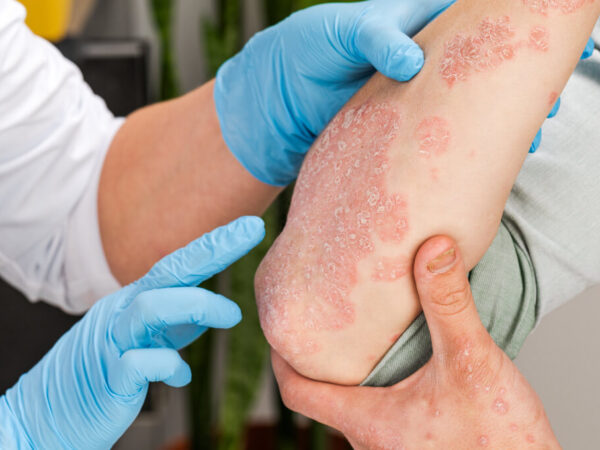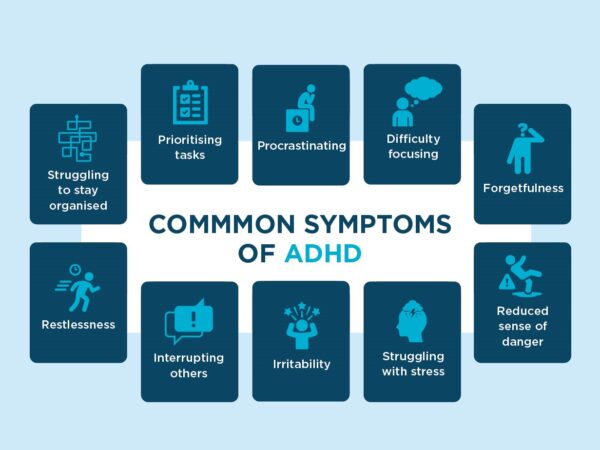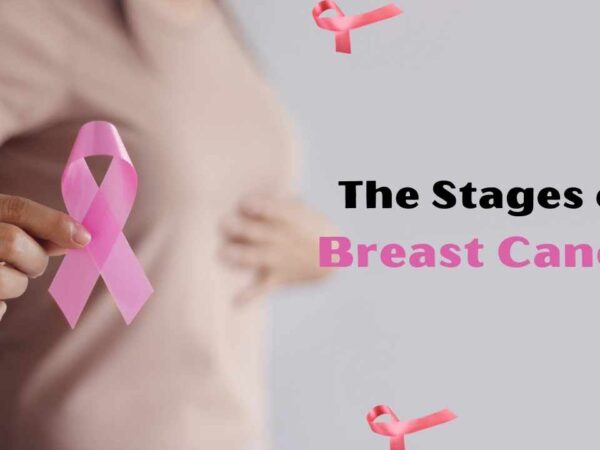Brest Cancer
Understanding the Stages of Breast Cancer
Doctors stage breast cancer at the time of diagnosis to determine the most appropriate type of treatment and to predict your outlook and the chances of a cure.
After a breast cancer diagnosis, staging establishes the extent and characteristics of your breast cancer.
Breast cancer staging is complex and considers many different factors, such as the size and location of a breast cancer tumor and whether cancer cells have spread to your lymph nodes or other areas of your body.
In this article, we explain how doctors determine breast cancer staging and provide an overview of each stage of breast cancer.
How is breast cancer staging determined?
According to the American Cancer Society (ACS)Trusted Source, the most common staging system for breast cancer is the one developed by the American Joint Committee on Cancer. You may also see this called the TNM system, in which:
T refers to the size of the tumor
N indicates whether or not the cancer has spread to nearby lymph nodes
M denotes if the cancer has spread to more distant lymph nodes or to other organs in your body
In 2018, this system was updated to also include other factors called biomarkers into breast cancer staging. These include:
the hormone receptor and HER2 status of the cancer
the grade of the cancer, which is how the cancer appears compared with typical breast tissue
the cancer’s Oncotype DX, which is a gene expression test that predicts the likelihood of breast cancer spreading to somewhere else in the body
Once all of the factors above have been evaluated, your cancer will receive an overall stage. There are five stages of breast cancer, numbered 0 through 4.
Stage 0 breast cancer is used to describe a noninvasive breast cancer called ductal carcinoma in situ. In this stage, cancerous cells are found in the ducts of your breast but haven’t invaded any further into your breast tissue.
-What is stage 1 breast cancer?
Stage 1 breast cancer is the first stage describing invasive breast cancer. This is when cancer cells have begun to spread from their initial location into noncancerous breast tissue.
Stage 1 breast cancer is further divided into two subcategories. These are called 1A and 1B.
Stage 1A
In stage 1A cancers, the tumor is no more than 2 centimeters (cm) in size and hasn’t spread outside of your breast or to nearby lymph nodes.
Stage 1B
In stage 1B cancers, there may not be a detectable tumor in your breast. When a tumor is present, it’s 2 cm in size or smaller. A doctor will also find small groups of cancer cells in nearby lymph nodes.
-What is stage 2 breast cancer?
Like stage 1 breast cancer, stage 2 breast cancer is further broken down into two subcategories. These are stage 2A and 2B.
Stage 2A
In stage 2A, it’s possible that no tumors are found in your breast. If a tumor is found, it’s less than 2 cm in size. The cancer has also spread to up to three lymph nodes either under your arm or near your breastbone.
Sometimes, a stage IIA tumor may be larger, between 2 and 5 cm. However, in this situation, the cancer hasn’t spread to nearby lymph nodes yet.
Stage 2B
Stage 2B breast cancers can be between 2 and 5 cm in size. In this case, small groups of cancer cells can be found in nearby lymph nodes or the cancer may have spread to up to three lymph nodes under your arm or near your breastbone.
Some stage 2B breast cancers may be larger than 5 cm in size. However, these cancers haven’t spread to nearby lymph nodes yet.
-What is stage 3 breast cancer?
Stage 3 breast cancer is divided into three different subcategories. These are 3A, 3B, and 3C.
Stage 3A
In some stage 3A breast cancers, no tumor may be detected in the breast. If a tumor is present, it may be any size. The cancer has also spread to between four and nine lymph nodes under your arm or near your breastbone.
In other types of stage 3A breast cancer, the tumor is larger than 5 cm, but it has only spread to up to three lymph nodes under your arm or near your breastbone.
Stage 3B
In stage 3B breast cancer, the tumor can be any size and has also spread to your chest wall, the skin of your breast, or both. It may also have spread to up to nine lymph nodes under your arm or to lymph nodes around your collarbone.
Stage 3C
In stage 3C breast cancer, the tumor is any size and has also spread into your chest wall, the skin of your breast, or both. This stage of cancer has also spread to:
lymph nodes under your arm or near your breastbone
lymph nodes around your collarbone
10 or more lymph nodes under your arm
-What is stage 4 breast cancer?
Stage 4 breast cancer is when the cancer has spread beyond your breast and nearby lymph nodes and into more distant lymph nodes and tissues. You may also see this type of cancer referred to as metastatic breast cancer.
According to the National Cancer Institute (NCI)Trusted Source, the most common areas of the body for breast cancer to spread to are your:
bones
brain
liver
lung
A 2017 studyTrusted Source of people with stage 4 breast cancer found that metastasis to the bones was most common, with 65.1% of study participants having cancer spread to this area.
The lungs (31.4%) were the next most common site, followed by the liver (26%) and brain (8.8%). Additionally, 33.5% of study participants had breast cancer that had spread to multiple sites.
The symptoms of metastatic breast cancer can depend on where the cancer has spread. However, some general symptoms of metastatic cancer include:
fatigue
weakness
unintentional weight loss
pain at or around the site of metastasis






